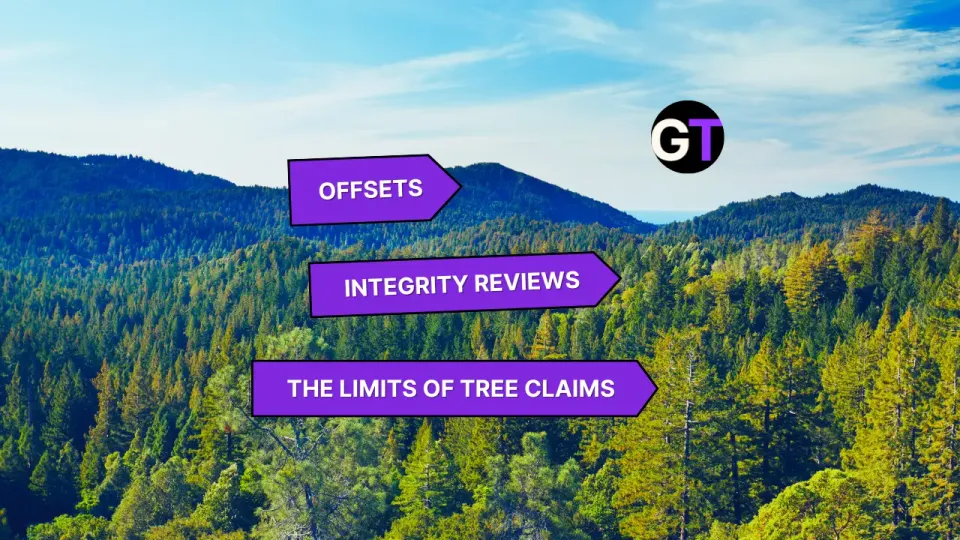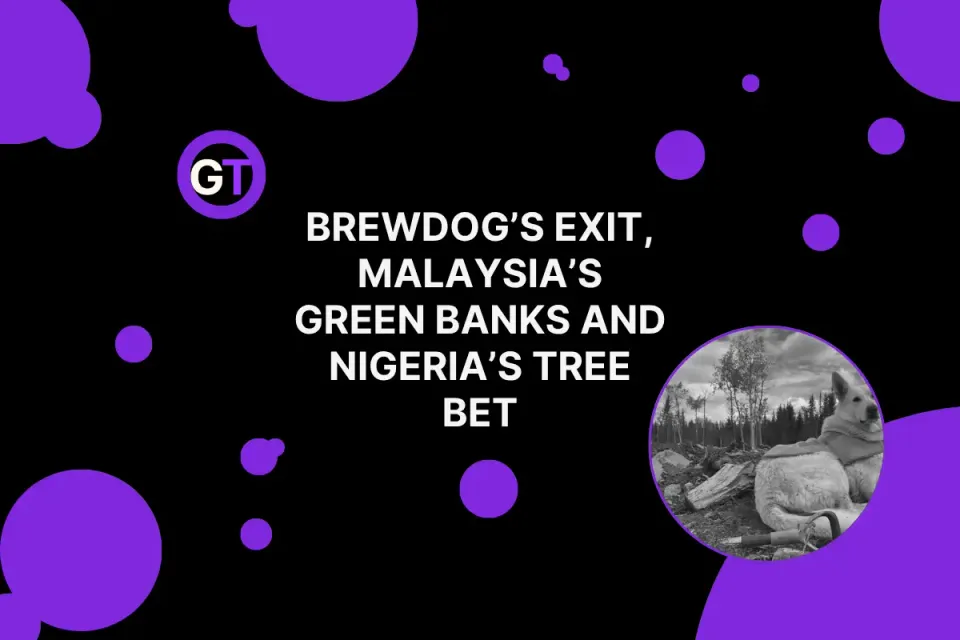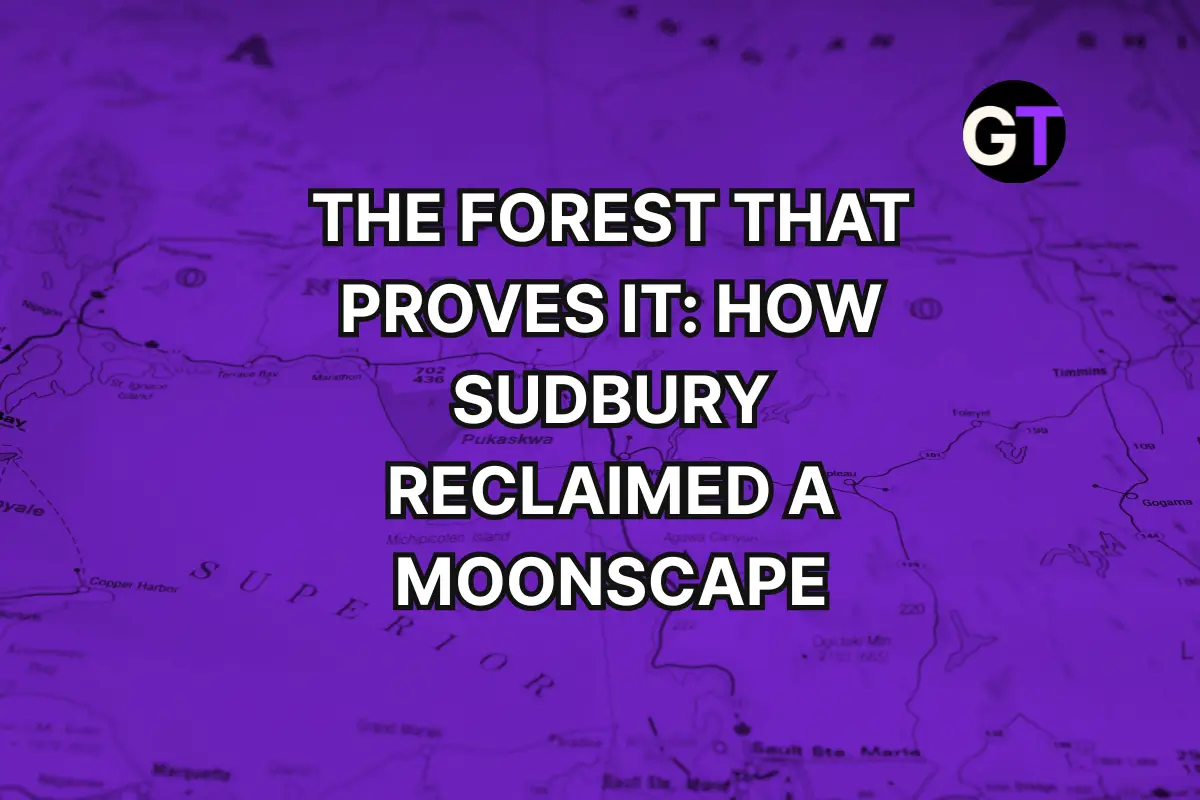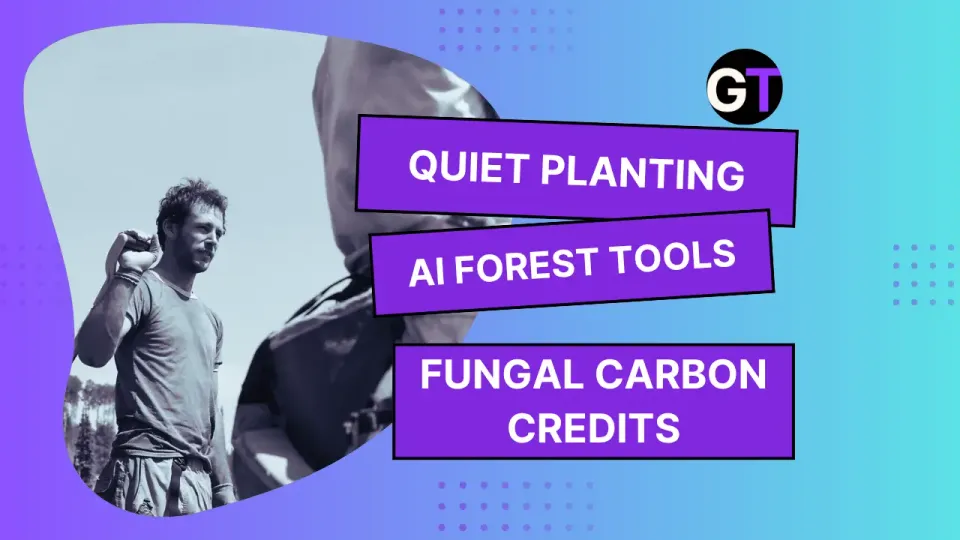Amazon Drought, Kalangala Agroforests & Carbon Confusion
From carbon delays to cultural planting models, today’s forest fixes reveal a deeper tension between what’s counted and what actually counts.
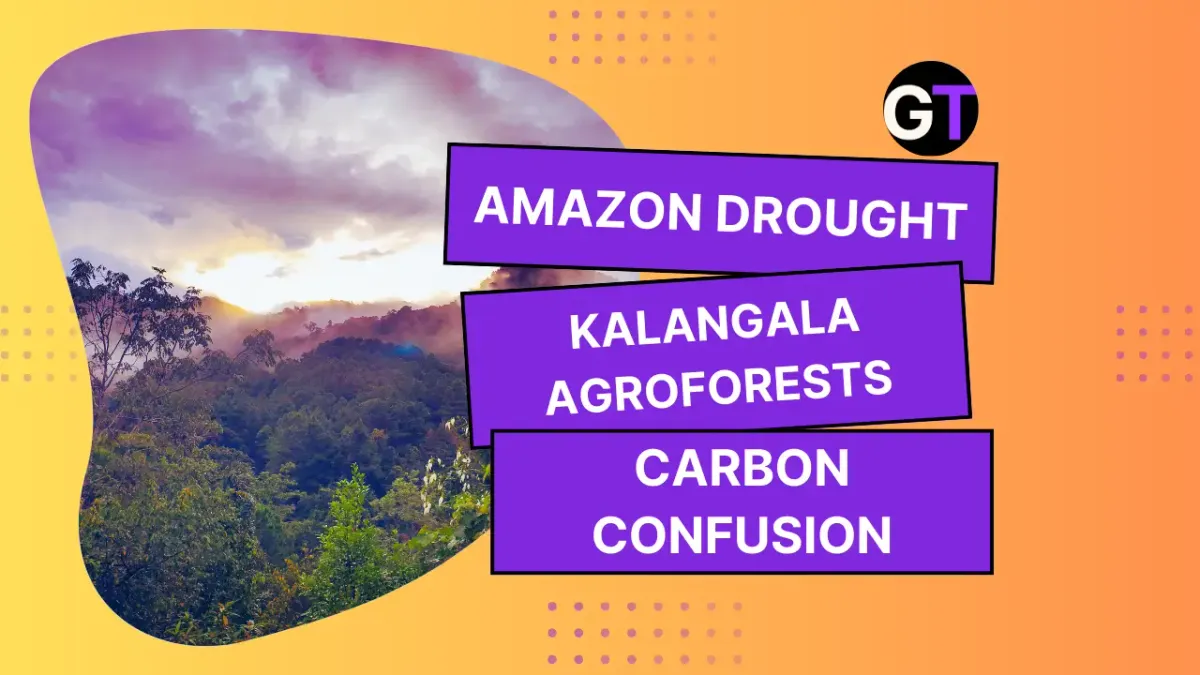
Plant Trees, Watch Carbon Fall? It’s Complicated
A new study challenges the simplicity of the “trees = carbon removal” equation. Researchers found that tropical reforestation projects show highly variable carbon outcomes depending on location, species, and management. Some projects may actually emit carbon for years before benefits kick in. In other words, planting trees is not a guarantee—it’s a gamble, especially in the tropics. That raises a critical question:
💬 What metrics do we need to ensure reforestation actually reduces emissions, and how can we avoid climate strategies that look good on paper but underdeliver in practice?
👉👉 Read the open-access study in Environmental Research Letters
Don’t Rule Out Nature, Say These Scientists
A coalition of over 70 scientists argues that natural climate solutions—like reforestation, agroforestry, and soil restoration—deserve far more attention and funding. In a recently published paper, they contend that these approaches can deliver up to one-third of the emissions reductions needed for net zero, yet remain sidelined in global policy and investment flows. Their case? That nature should be treated not as a feel-good add-on, but as essential climate infrastructure. Whether or not the world agrees may shape the future of net zero timelines.
💬 If the science is this emphatic—why do nature-based solutions remain contentious?
👉👉 Read the open letter here
U.S. Forests: Growing, Managed, and Market-Made
Despite the headlines, U.S. forests aren’t vanishing—they’re growing. Net forest area has climbed by 18 million acres since 1990, thanks in part to landowners with an economic reason to keep trees standing. About 2% of forestland is harvested each year—less than what’s lost to wildfires, pests, and disease—and almost all of it regrows. That’s not deforestation; that’s rotation. The real threat? Permanent conversion to condos and cornfields. Certification schemes like FSC and SFI aim to keep logging accountable, but they’re still voluntary—and cover just a sliver of the world’s forests. For now, sustainable forestry in the U.S. runs on a blend of stewardship, standards, and good old-fashioned supply and demand.
💬 Can voluntary systems and market logic really safeguard America’s forests—or are we just managing decline with better PR?
👉👉 Read more in Two Sides North America
Amazon Rainfall Is Dropping — and It’s Mostly Us, on the Ground
A new study published in Nature Communications pulls back the curtain on what’s driving the Amazon’s drying trend. Leveraging 35 years of regional data, researchers have attributed nearly 75% of the decline in dry-season rainfall—about 21 mm since 1985—to local deforestation. In contrast, global warming is behind about 84% of the Amazon’s 2 °C temperature rise, with deforestation contributing a smaller 16%. Critically, the study reveals that the climate impact isn’t linear—most damage happens early, once 10–40% of the forest is lost.
💬 Could failure to act locally be the Amazon’s real climate breaking point?
👉👉 Read more in the press release from the Max Planck Institute
Apple’s Restore Fund Is Making Forest Bets—But Will the Carbon Stay Put?
Apple says its carbon-neutral watch is powered by forest restoration in Brazil and Paraguay. But a German court just ruled those claims may mislead consumers, especially given short land leases and long-term carbon promises. The company’s $200M Restore Fund spans industrial eucalyptus plantations and native biodiversity corridors—each with different trade-offs and risks. And with new Verra rules demanding 40-year storage, the spotlight is on one big question:
💬 Do we finally have the right metrics to distinguish high-integrity forest offsets from those just dressing up the voluntary carbon market?
👉👉 Read our column in Ground Truth
A Forest in the Making—One Sapling, One Celebration at a Time
In drought-prone Vijayapura, Karnataka, tree-planting has become more than green policy—it’s become culture. A government-backed program has reforested 17,000 acres, using solar-powered drip irrigation and local stewardship. Trees are now gifted at weddings, featured in school events, and central to community marathons. With private investors engaged and other states sending officials to study the model, the effort’s visibility is growing—literally.
💬 Reforestation has become photogenic—but are lush images enough? Should we be asking harder questions about survival rates, soil health, and long-term impact?
👉👉 Read the photo essay in The New York Times
U.S. Forests Have Room to Grow—But Who Will Do the Planting?
A new survey of 169 forestry professionals across 48 U.S. states reveals a blunt reality: nearly 90% say the country lacks the workforce and infrastructure to meet current reforestation demands, let alone future ones. Shortages span every rung of the ladder—from seed collectors to nursery operators to tree planters. Federal funding may be rising, but bottlenecks are growing too, and technical capacity hasn’t kept pace. Reforestation may be a silver bullet for climate and biodiversity—but what if there’s no one to pull the trigger?
💬 Can America scale its reforestation ambitions without first investing in the people and systems who make it happen?
👉👉 Read more via the Arbor Day Foundation's Capacity Survey Report
What Counts as Forest Success? Norway’s Clean Metrics, Dirty Reality
Norway’s forest carbon projects are often held up as gold standard climate aid. But a closer look suggests the numbers may shine brighter than the results. A new analysis of 12 international projects reveals stark inconsistencies in how emissions reductions are calculated—some use inflated deforestation baselines, others omit uncertainty entirely. While the carbon math plays well on paper, the on-the-ground picture is murkier: unclear local benefits, uneven transparency, and lingering questions about who really profits when forests are “saved.”
💬 Can carbon markets fix deforestation if we can’t agree on what counts—or who counts?
👉👉 Read more in Ambio
Palm Oil Promised Prosperity. Can Agroforestry Deliver Dignity?
Two decades ago, palm oil plantations overtook Uganda’s Kalangala Islands, stripping forests, draining soils, and unraveling once-resilient food systems. Today, locals import what they used to grow, and forgotten trees mean forgotten traditions. Enter agroforestry: slow, unflashy, but quietly transformative. By blending bananas with Maesopsis, cassava with Calliandra, and storytelling with soil care, young farmers and elders alike are reclaiming both their land and their legacy—one school garden at a time.
💬 Can a patchwork of youth-led, community-powered agroforestry projects rewrite the script on industrial agriculture—or will monoculture economics win out again?
👉👉 Read more in GLF's ThinkLandscape
After the Hype, Can Plant-for-the-Planet Regrow Its Roots?
Once hailed for big numbers and even bigger ambition, Plant-for-the-Planet now finds itself reckoning with the messier business of keeping forests alive. From a deserted Campeche outpost to exposés and boardroom missteps, the NGO has weathered its share of scrutiny. But with a revamped focus on biodiversity, data transparency, and local ecology, it’s trying to move beyond tree counts toward true restoration. Whether it can evolve fast enough—and ethically enough—remains the question.
💬 Can a climate NGO founded on hope and headlines grow into the kind of institution that forests actually need?
👉👉 Read more in Mongabay
“Mountains of Gold” or Missed Targets? North Korea’s Reforestation Falls Short
Launched in 2015 with lofty rhetoric, North Korea’s reforestation campaign has added 1.2 million hectares of forest—impressive, but still 460,000 hectares short of its original goal. Satellite data from NASA’s Earthdata reveals forest growth concentrated in the southwest, while the mountainous north continues to lose tree cover. Deforested land now spans an area 20 times the size of Seoul. With official reports offering only muted acknowledgment of the shortfall, a critical question emerges:
💬 Is reforestation in North Korea more about political optics than ecological recovery—and who’s really tracking the outcomes?
👉👉 Read more in Daily NK

Edited by Chris Harris

This work is licensed under a
Creative Commons Attribution 4.0 International License.


